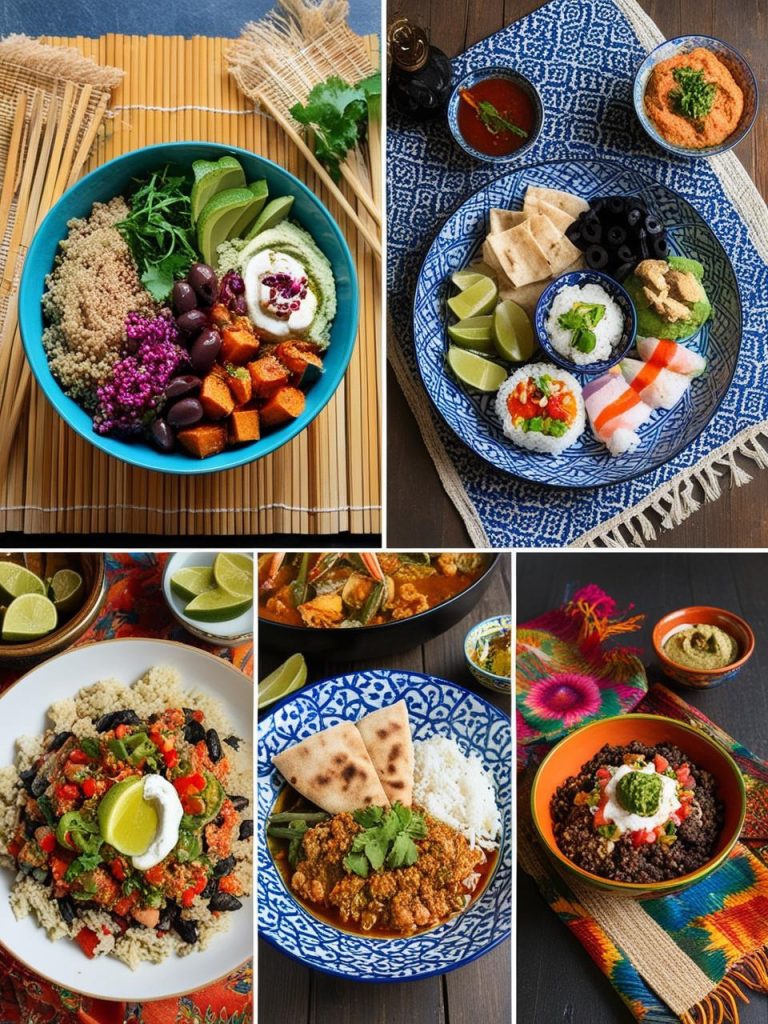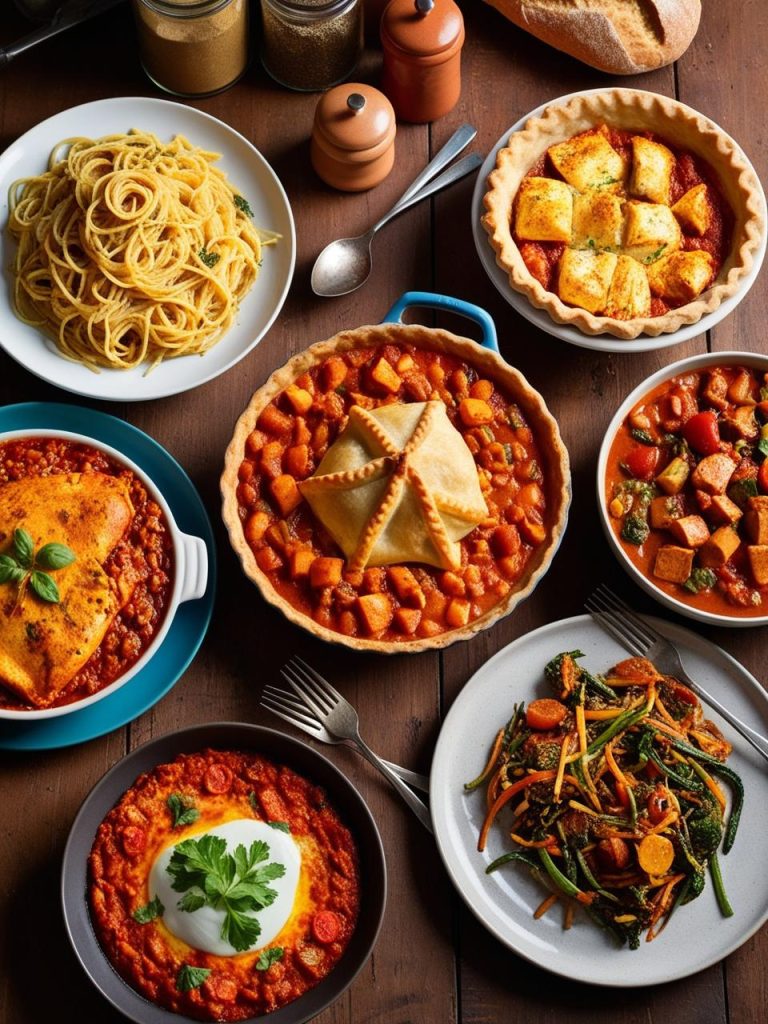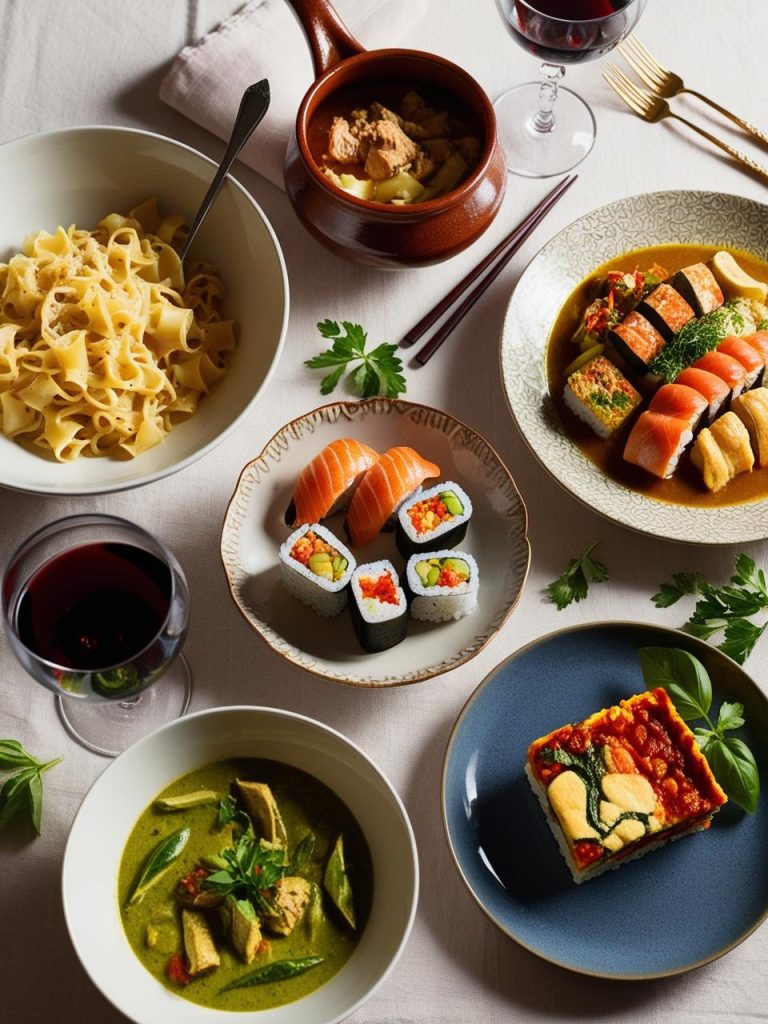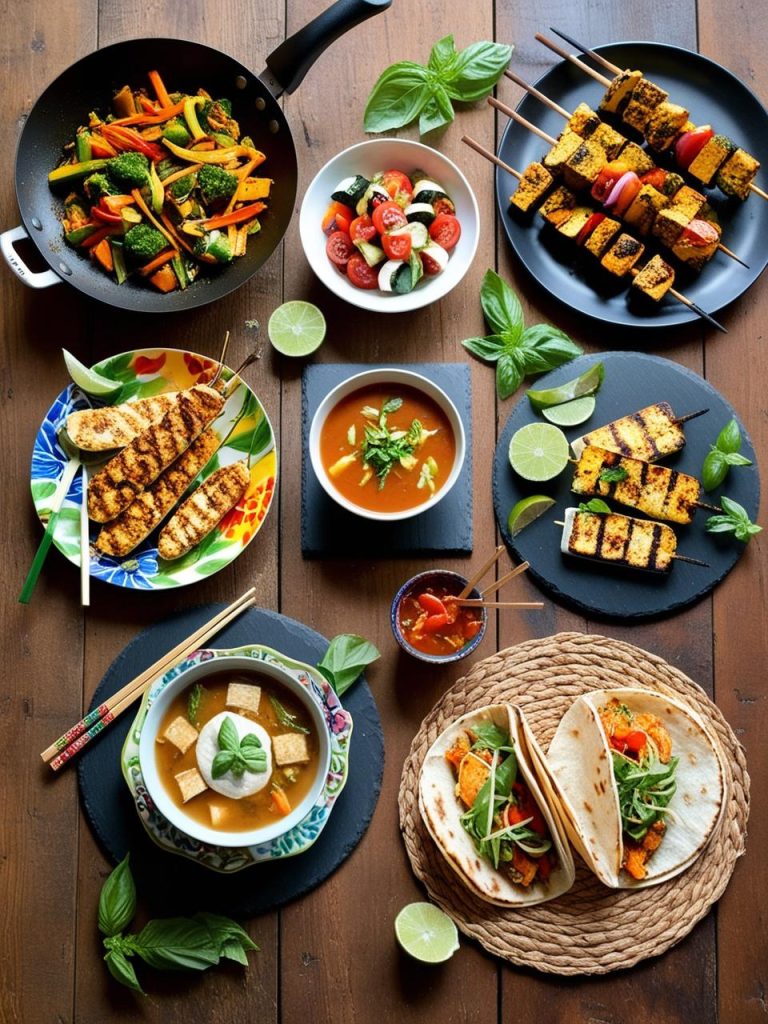The 5 Most Iconic Chicken Dishes—and How to Master Them
Chicken has been a cornerstone of global cuisine for centuries, adapting to regional flavors and traditions to create some of the most beloved dishes in culinary history. From festive feasts to everyday comfort food, chicken recipes carry rich cultural stories, shaped by the lands they hail from.
Here, we explore the historical and cultural significance of five iconic chicken recipes, delving into how they became global favorites.
1. Coq au Vin

History:
Originating from France, Coq au Vin (literally “rooster in wine”) is a dish steeped in rustic tradition. Its roots trace back to ancient Gaul, where farmers and peasants used slow cooking to tenderize tough rooster meat. The addition of wine not only enhanced flavor but also preserved the dish for longer durations. Over time, regional variations emerged, using local wines like Burgundy, Alsace, or even Champagne. Julia Child popularized this dish in the United States in the mid-20th century, cementing its status as a French culinary masterpiece.
Cultural Significance:
Coq au Vin is a symbol of French ingenuity in using simple ingredients to create a sophisticated dish. It is often associated with festive occasions and family gatherings.
2. Chicken Tikka Masala

History:
While often associated with Indian cuisine, Chicken Tikka Masala is believed to have been invented in the UK by Bangladeshi chefs in the 20th century. As legend goes, a chef in Glasgow improvised a sauce using tomato soup, cream, and spices when a customer found the traditional chicken tikka too dry. The result was a rich, mildly spiced curry that has since become a cornerstone of British-Indian cuisine.
Cultural Significance:
Dubbed “Britain’s true national dish” by former UK Foreign Secretary Robin Cook, Chicken Tikka Masala represents the fusion of cultures and the adaptability of Indian flavors to Western palates.
3. General Tso’s Chicken
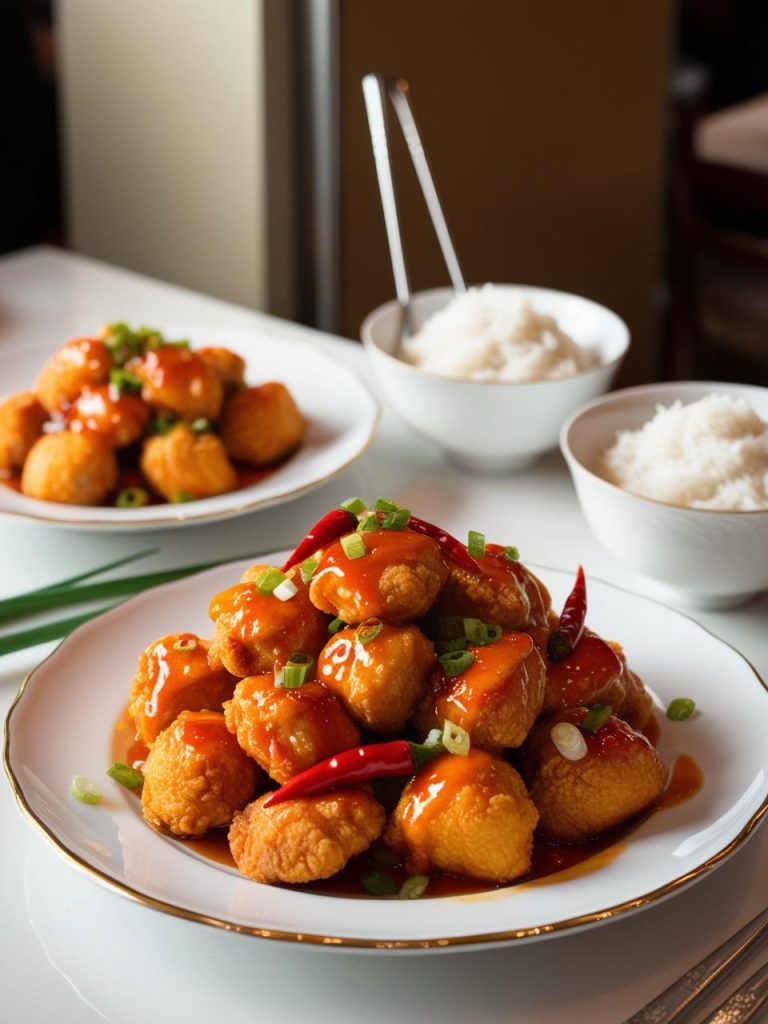
History:
This dish’s origins are surprisingly disconnected from its fame in Chinese-American cuisine. Named after General Tso Tsung-t’ang, a 19th-century Chinese military leader, the dish was created in Taiwan by chef Peng Chang-kuei during the 1950s. It was later adapted to American tastes, with sweeter and crispier variations emerging. Despite its lack of historical ties to General Tso, the dish has become synonymous with Chinese takeout in the West.
Cultural Significance:
General Tso’s Chicken highlights the evolution of immigrant cuisine in America, blending traditional techniques with local preferences.
4. Chicken Adobo
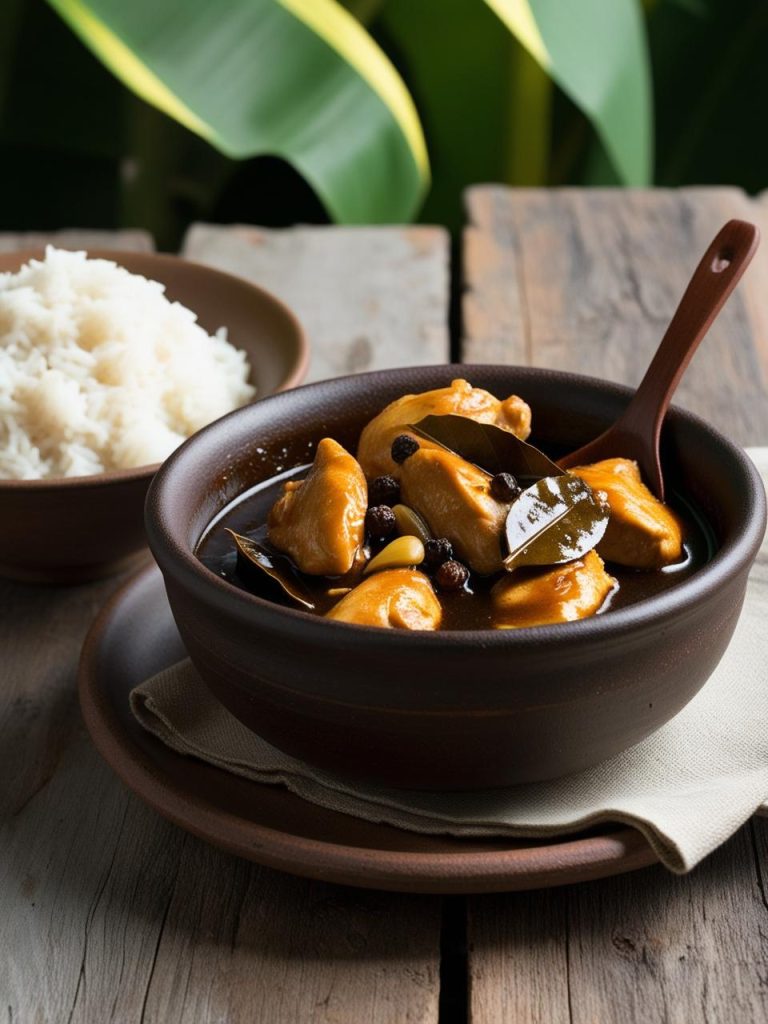
History:
Chicken Adobo is a beloved dish from the Philippines, deeply rooted in pre-colonial times. The term “adobo” comes from the Spanish word for marinade, but the cooking technique predates colonization, involving vinegar as a natural preservative. When the Spaniards arrived in the Philippines in the 16th century, they named this native cooking method “adobo.” This dish evolved by incorporating soy sauce and bay leaves, blending indigenous and colonial influences.
Cultural Significance:
Chicken Adobo is considered the unofficial national dish of the Philippines, embodying the country’s history and resilience. It’s served on both special occasions and daily meals.
5. Butter Chicken (Murgh Makhani)

History:
Butter Chicken originated in the kitchens of the Moti Mahal restaurant in Delhi, India, during the 1940s. Created by Kundan Lal Gujral, it was a clever way to reuse leftover tandoori chicken by simmering it in a rich, buttery tomato-based sauce. The dish quickly became a favorite, both locally and internationally, for its velvety texture and mild yet flavorful taste.
Cultural Significance:
Butter Chicken is a testament to India’s culinary creativity, blending Mughal influences with Punjabi cooking techniques. It’s now a global favorite, celebrated for its universal appeal.

